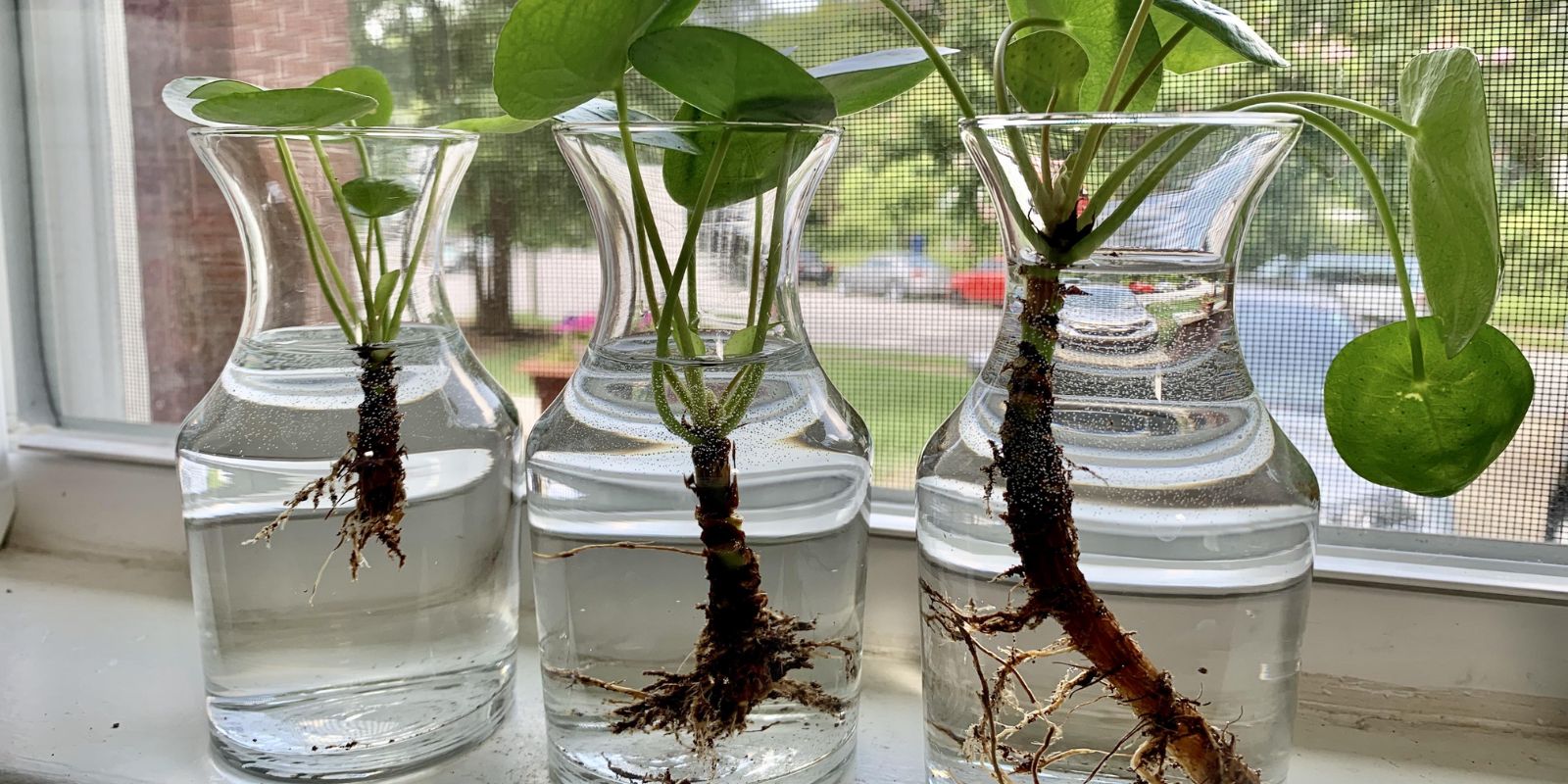Introduction
Water-based gardening is an exciting and innovative approach that allows plants to grow without soil, using water as their primary medium. Whether you’re cultivating plants in hydroponic systems or water gardens, understanding how to manage this unique growing environment is crucial for success. This article provides essential tips for ensuring your water-based plants not only survive but thrive, transforming your space into a lush, green paradise.
1. Choose the Right Plants
Selecting Suitable Species
Choosing the right plants is the first step towards a successful water-based garden. Not all plants are suited for water cultivation, so it’s essential to select species that thrive in such conditions. Some popular choices include:
- Water Lilies: Known for their beautiful blooms and floating leaves, water lilies are perfect for ponds and water gardens.
- Peace Lilies: These versatile indoor plants can flourish in water, providing elegant foliage and occasional white blooms.
- Lettuce and Herbs: Ideal for hydroponic systems, lettuce and herbs grow quickly and benefit from soilless cultivation.
Benefits of Choosing the Right Plants
Selecting plants suited for water-based growth ensures they will adapt well to the environment and require less maintenance. This choice also minimizes the risk of disease and nutrient imbalances.
2. Maintain Water Quality
Importance of Water Quality
Water quality is crucial for the health of water-based plants. Poor water quality can lead to nutrient deficiencies, root rot, and algae growth, impacting plant health and growth.
Key Aspects to Monitor
- pH Levels: Regularly check the pH of your water. Most water-based plants thrive in a pH range of 5.5 to 6.5. Use pH meters or test kits to ensure the water remains within this range.
- Nutrient Levels: In hydroponic systems, maintaining the correct balance of nutrients is essential. Use nutrient solutions designed for hydroponics and adjust according to the plant’s growth stage.
- Cleanliness: Keep the water clean by removing any debris and checking for signs of algae. Regular water changes and system cleanings help prevent contamination.
3. Provide Adequate Light
Understanding Light Requirements
Light is fundamental for photosynthesis, which drives plant growth. Different water-based plants have varying light requirements, so it’s important to provide the right amount and type of light.
Types of Lighting
- Natural Sunlight: If your plants are in a water garden or pond, ensure they receive adequate natural sunlight. Most water-based plants need 6-8 hours of light daily.
- Artificial Grow Lights: For indoor hydroponic systems, use LED or fluorescent grow lights. These lights should mimic the natural light spectrum and be adjustable to meet the needs of different plant stages.
Light Duration and Intensity
Adjust the duration and intensity of light based on the plant species and growth phase. For example, seedlings and young plants may require less intense light compared to mature plants.
4. Ensure Proper Oxygenation
Role of Oxygen in Plant Health
Oxygen is vital for root health in water-based systems. Adequate oxygenation prevents root rot and promotes healthy growth by ensuring roots can effectively absorb nutrients.
Methods of Oxygenation
- Air Pumps and Stones: In hydroponic systems, air pumps and air stones introduce oxygen into the water, creating bubbles that enhance root aeration.
- Fountains: In water gardens, fountains not only add aesthetic value but also help increase oxygen levels in the water through aeration.
Maintaining Oxygen Levels
Regularly check and clean air pumps and stones to ensure they are functioning correctly. Monitor the water for signs of stagnation or reduced oxygenation, and make adjustments as needed.
5. Monitor and Adjust Temperature
Optimal Temperature Ranges
Temperature significantly affects plant growth and health. Water-based plants generally thrive in temperatures between 65°F and 75°F (18°C to 24°C). Extreme temperatures can stress plants and inhibit growth.
Temperature Control Methods
- Heating: Use heaters in colder climates or indoor setups to maintain a stable temperature.
- Cooling: In warmer conditions, use fans, air conditioners, or cooling systems to prevent overheating.
Regular Monitoring
Regularly check the water temperature with a thermometer and make adjustments to maintain optimal conditions. Consistency in temperature helps plants grow more effectively.
6. Clean and Maintain the System
Importance of System Maintenance
Regular maintenance is crucial for the health of your water-based garden. Dirty or poorly maintained systems can lead to a range of issues, including algae growth, nutrient imbalances, and plant diseases.
Maintenance Tasks
- Water Changes: Regularly change the water in your system to prevent the buildup of contaminants and maintain nutrient balance.
- Cleaning: Clean the system components, including tanks, pipes, and containers, to remove debris and prevent blockages.
Inspecting for Problems
Regularly inspect your plants and system for signs of issues such as algae, mold, or nutrient deficiencies. Address problems promptly to ensure the continued health of your plants.
Conclusion
Caring for water-based plants involves understanding and managing several critical factors, including plant selection, water quality, light, oxygenation, temperature, and system maintenance. By following these essential tips, you can create an optimal environment for your plants, ensuring they thrive and bring beauty and productivity to your space.
Embrace the unique challenges and rewards of water-based gardening, and transform your indoor or outdoor area into a flourishing oasis. Dive into water-based cultivation and watch your plants flourish with the right care and attention! 🌿💧

